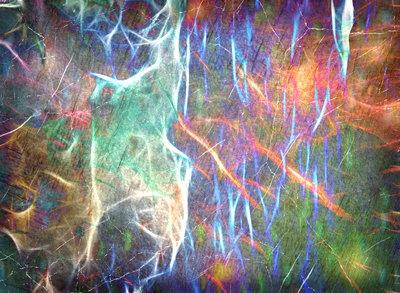Thinking About Our Community as a Fractal?

The first time I really understood fractals, it was explained by a poet a number of years ago at a Creative Communities conference. Who would have thought a poet would be the one talking about fractals? And okay I admit it, when I first heard the word fractal I had a flashback math attack because it was such a left-brain kind of concept.
The poet was Alice Major, who at the time was serving as the City of Edmonton’s first poet laureate. An established poet appointed by City Council, her role during her term was to use her poetry to reflect the life of a city during official and informal activities.
My left brain angst eased somewhat as Major went on to explain that fractals are described as irregular, infinitely complex structures that are the same, even though they may look different. Clouds, snowflakes, lightning bolts, coastlines, and river networks are examples of fractals.
In her presentation, Major suggested that even though we think of communities as fractals that look the same, they are in fact quite different and should be treated that way. Rather than being a river system where one community is connected to another, she believes we instead need to be somewhat separate in order to build on our own uniqueness and authenticity. More, she suggested, like a slow-moving swamp that nurtures and grows its inhabitants.
Inherent within Major’s musings was the idea that communities need to find and magnify their distinctiveness. They need to say something, say it simply, and repeat it over and over again. Knowing, really knowing, what makes one’s community special, leads to the sophistication, innovation, and ultimate distinctiveness that makes a community a place where people choose to live.
This distinctiveness is becoming more and more critical as work and education are more mobile than ever before in history.
Communities will have to work harder to keep their young and/or attract and retain new talent. Place for those age 25 to 34 years of age is paramount in their decisions about where they locate.
Ultimately though it takes work to gather as a community and determine the existing strengths and assets that sets them apart. It’s hard work because it isn’t simply about finding and emulating what other communities are doing. Instead, it is about focusing and building on what it is that makes one’s community a special place to live, work, and play.
Posted on 06-25-20
Next entry: Three Paths to Help Conquer the Chaos of Change
Previous entry: Who’s Got Your Back?

 Brenda Herchmer is the owner of Grassroots Enterprises, a community development consulting company.
Brenda Herchmer is the owner of Grassroots Enterprises, a community development consulting company.